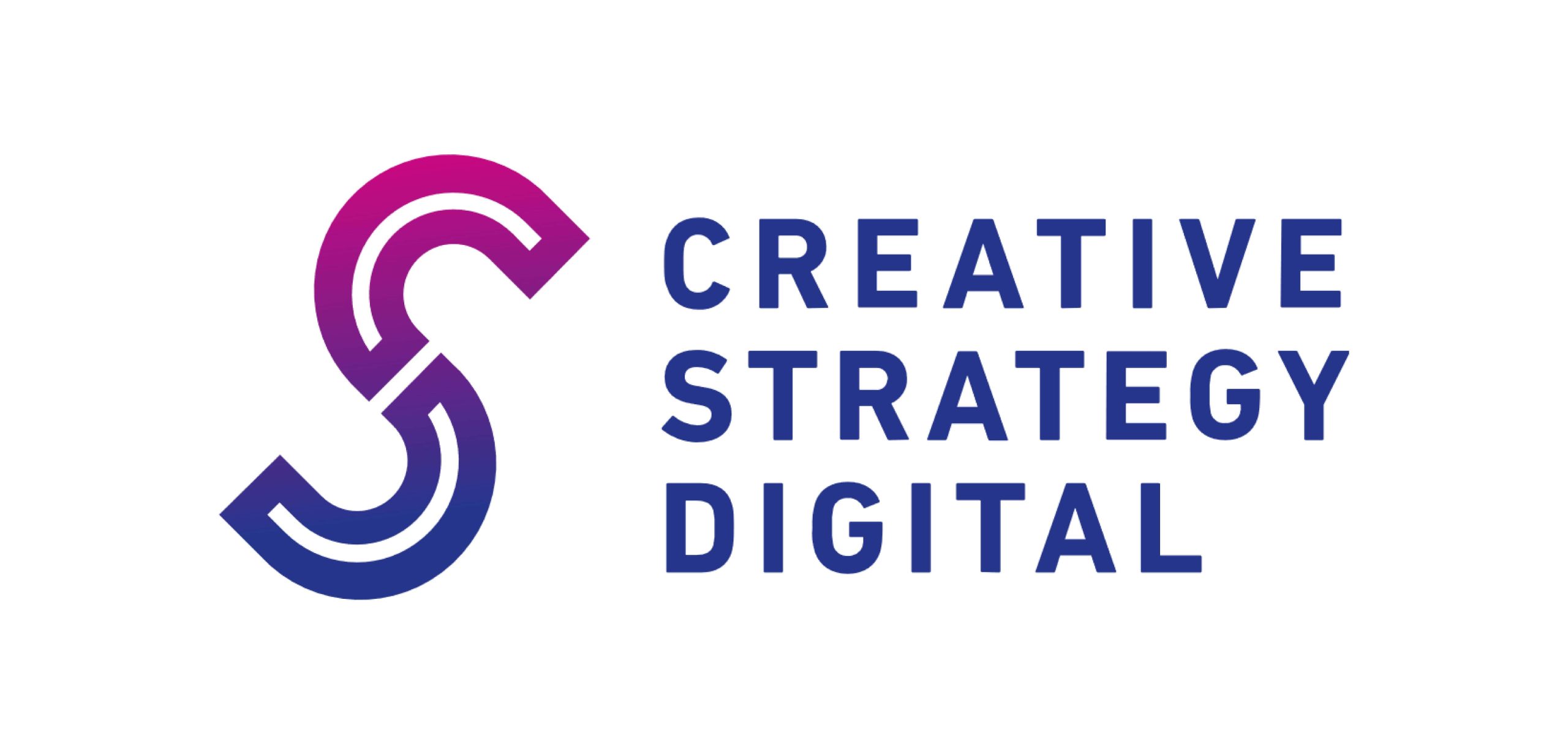How to Create a 30-Day Social Media Content Calendar in 2025
In today’s fast-paced digital world, staying active on social media is no longer optional for businesses—it’s essential. But without a proper plan, you’ll likely miss out on engagement, consistency, and growth opportunities.
That’s where a 30-day social media content calendar comes in. It’s more than just a spreadsheet—it’s your roadmap to posting with purpose, saving time, and achieving real marketing results.
What Is a Social Media Content Calendar?
A social media content calendar is a tool used to organize your upcoming posts by date, platform, and type of content. It helps keep your campaigns on track, ensures consistent posting, and prevents last-minute panic.
Step 1: Set Your Monthly Objectives
Before creating any content, define what you want to achieve this month. These objectives will guide your content ideas.
Common monthly goals:
- Increase follower count
- Improve brand engagement
- Promote new services or products
- Drive more traffic to your website
- Strengthen community interactions
Having clarity on your end goal makes your content more focused and intentional.
Step 2: Understand Your Audience & Channels
Not every audience is the same, and not every platform performs equally for all businesses. Figure out:
- Where your audience spends most of their time
- What type of content they interact with
- How frequently they expect new posts
Platform tips:
- Instagram = Visual stories and reels
- LinkedIn = Professional insights & articles
- TikTok = Creative, fast-paced videos
- Facebook = Groups, events, and longer-form posts
- X (Twitter) = Snappy updates and news commentary
Step 3: Pick 4–6 Content Categories
Instead of scrambling for new ideas every day, break your content into categories (also known as “content pillars”).
Example themes:
- Tips & Tutorials
- Product Features
- Industry News
- Team Spotlights
- Testimonials
- Fun or Interactive (polls, memes)
Rotate these throughout the month to keep your content varied and engaging.
Step 4: Map Out a Visual Calendar
Use tools like Google Sheets, Notion, Trello, or Airtable to plot out 30 days of content. Each post entry should include:
- Post date
- Platform
- Caption or concept
- Image/video asset
- Hashtags or keywords
- Call-to-action (CTA)
- Status (Drafted, Scheduled, Posted)
You can download free content calendar templates or create your own using spreadsheet software.
Step 5: Batch-Create Your Content
Once you know what to post, produce the content in one go. This helps maintain brand consistency and saves time during the month.
Tools to help you:
- Canva or Adobe Express for graphics
- CapCut or InShot for short-form video
- Grammarly for polished captions
- Google Drive for organizing assets
Working in batches reduces creative fatigue and keeps quality high.
Step 6: Schedule Everything in Advance
Use scheduling platforms to queue up posts across channels.
Top scheduling tools in 2025:
- Buffer
- Later
- Metricool
- Sprout Social
- SocialPilot
Scheduling allows you to focus on engagement and analytics instead of daily posting.
Step 7: Analyze & Adjust Weekly
Review your performance weekly—not just monthly—to see what content hits home with your audience.
Track these metrics:
- Engagement rate
- Post reach and impressions
- Click-through rate (CTR)
- Shares and saves
- Audience growth
Based on these insights, tweak your calendar for better results in the next cycle.
Bonus Tip: Leave Room for Real-Time Content
While planning is key, flexibility matters too. Trending news, viral audio, or user-generated content may come up during the month. Leave 2–3 days open to take advantage of real-time opportunities.
Final Thoughts
A 30-day content calendar can make or break your social media success. It brings structure, creativity, and control into your workflow—helping you stay ahead, not behind. Whether you’re managing one account or a dozen, this strategy will boost productivity and deliver consistent growth.




